- THE HISTORY OF FASCISM IN ITALY:

- Fascism was born in Italy following World War 1. Subsequently, Fascism variations emerged across Europe. Among the political doctrines identified as ideological origins of Fascism in Europe are the combining of traditional national unity and revolutionary anti-democratic rhetoric. Fascism is the Italian word for a bundle, representing bundles of people in a nation. Fascism arose in Europe after World War I when many people yearned for national unity and strong leadership. In Italy, Benito Mussolini used his charisma to establish a powerful fascist state. Benito Mussolini coined the term fascism in 1919 to describe his political movement.
- Fascism attracts voters who have lost faith in traditional politics and religion by promising them a brighter future and a better life. The overthrow of the old order is their goal. Radical movements always want to overthrow the old order to accomplish the changes they deem as necessary. To cause a revolution, radicals always seize on high unemployment and runaway inflation to burn down their current government. All governments can be overthrown. This includes democracies. How do you like the play now, Mrs. Lincoln? Decomercies are incredibly fragile because they are based on the sharing of power. Con men, crooks, and thieves prey on every form of democracy. Unfortunately, in America, these thugs/parasites currently have the mainstream media in their hip pockets. It is hard to beat these entrenched echo chambers because they hold sway over truth elimination. In 1921, Mussolini transformed his movement into the National Fascist Party. In 1923, the Italian Nationalist Association was added. The Fascist Manifesto was also added in 1923. An expanded military and militias followed a few years later. Benito Mussolini ruled as a dictator from 1921 to 1945.
- After the Second World War, the victors dismantled most fascist regimes or regimes influenced by Fascism. Only those in Spain and Portugal survived. Fascism was dead on arrival after the war. Nations across Europe banned any organizations or references relating to Fascism and Nazism. Neo-Fascism and Neo-Natzism went underground with cult-like status. Proto-fascism, para-fascism, quasi-fascism, and fascist-like participated in general elections. Today, Italian political parties are fragmented: Forza Italia, Northern League, National Alliance, Democratic Party of the Left, Italian People’s Party, Christian Democratic Center, Socialist, La Rete, Communist Renewal, Social Democratic, Republican, Liberal, Greens, Italian Renewal. A party with neo-fascist roots is heading an Italian government for the first time since World War II.
-
They are scaring the hell out of the left. In the 2022 election, Giorgia Meloni, Italy’s first woman prime minister, heads up the most right-wing government since World War Two. Her rightist bloc has a solid majority in both houses of parliament, potentially ending years of upheaval and fragile coalitions.
- THE HISTORY OF NAZISM IN GERMANY:

- Nazism and Fascism had their origin in the 20th century. Fascism believes in the class system and seeks to preserve it for a better social order. Nazism considered a class-based society a hindrance to racial unity and sought to eliminate classes. Nazism (or National Socialism; German: National Socialism) is a set of political beliefs associated with the Nazi Party of Germany. It started in the 1920s. The Nazi Party gained power in 1933. The Third Reich began then. Nazism is a form of Fascism, with disdain for democracy and the parliamentary system. The Nazi creed incorporates dictatorship, fervent antisemitism, anti-communism, scientific racism, and the use of eugenics.
- The Nazi party lasted in Germany until 1945 when World War II ended. Hitler’s beliefs shaped nazism’s ideology in the German population. The belief in the racial superiority of Germans was widespread. For many Germans, it was a foregone conclusion. The dangers of communism also was an easy sell. Nazism rejected liberalism, democracy, the rule of law, and human rights. It stressed the subordination of the individual to the state and the necessity of strict obedience to leaders. It was during the Great Depression that Nazism became a mass movement. After 1929, banks collapsed, businesses shut down, workers lost their jobs, and the middle classes were threatened with poverty. Nazi propaganda stirred hopes for a better future. Widespread economic misery, fear, and the perception of worse times to come offered fertile ground for the rise of Adolf Hitler and his Nazi Party.
-
Fascism Nazism Fascism believes in corporatizing all elements to form an ‘Organic State, for Fascists’ state was an unimportant element of their beliefs. Nazism emphasized racism. The doctrine believed in the superiority of a state ruled by a particular race, in this case, the ‘Aryan’ race. Fascism believed in the class system and sought to preserve it for a better social order. Nazism considered a class-based society a hindrance to racial unity and sought to eliminate it. Fascism considered the state as a means of advancing the goal of nationalism. Nazism considered the state a tool for preserving and advancing the master race. The word ‘Fascism’ comes from the Italian word ‘fascism,’ derived from ‘fascio ‘meaning “a bundle of sticks,” ultimately from the Latin word ‘fasces’ ‘Fasces’ was a symbol of power in the ancient Roman Empire. Nazism is derived from the German language name of the National Socialist German Workers’ Party. Benito Mussolini and Oswald Mosley are the notable personalities of Fascism. Adolf Hitler and Joseph Mengele are famous Nazis. 


- Neo-Nazism is a global phenomenon, with organized
- representation in many countries and international networks. It borrows elements from Nazi doctrine. The stated goal is a Fourth Rich Neo-Nazism is considered a particular form of far-rightwing politics and right-wing extremism. Neo-Nazism is found outside of Germany, including in countries that fought against the Third Reich during the Second World War. Holocaust denial and subcultures flourished in the 1970s–1990s across Europe. The Iron Curtin went away in the 1990s. The Balkans and former USSR countries also have active Neo-Nazi groups. Right-Wing Populism is on the rise in Europe. Socialism is on the decline across Europe. Scandinavia also has functional Neo-Nazi groups.


